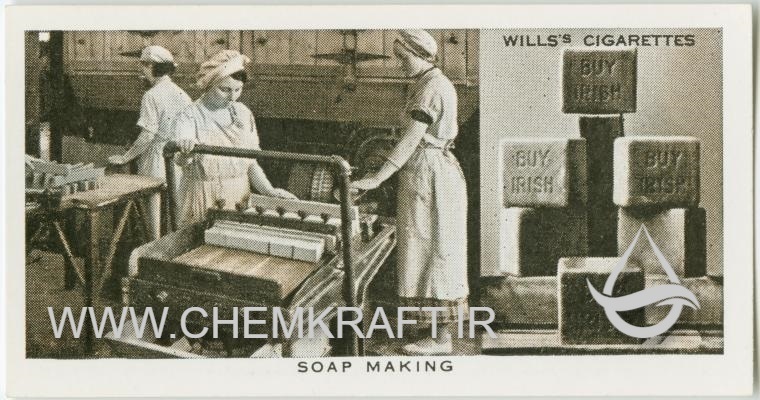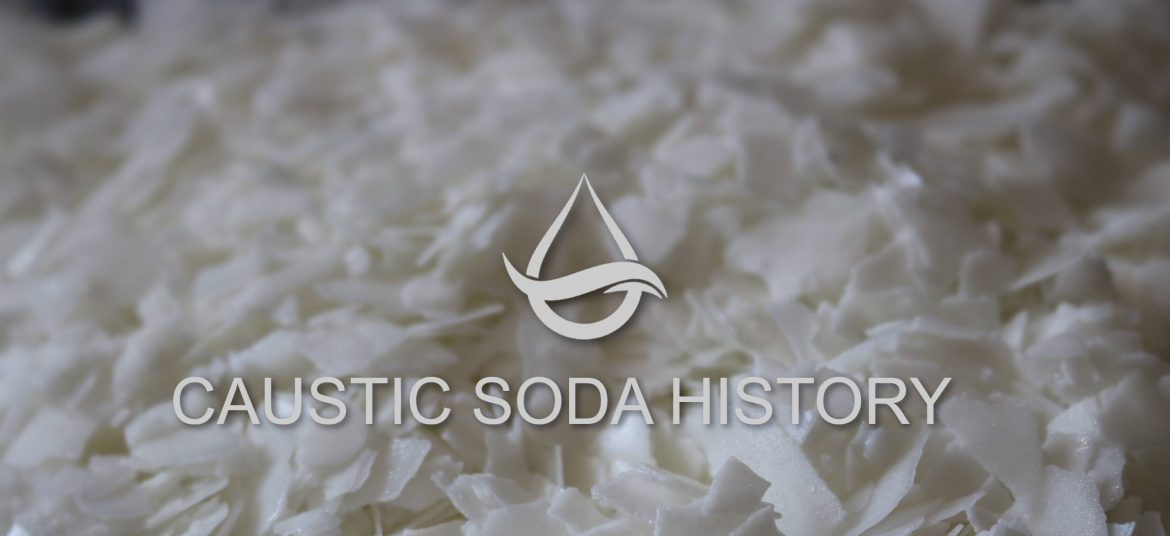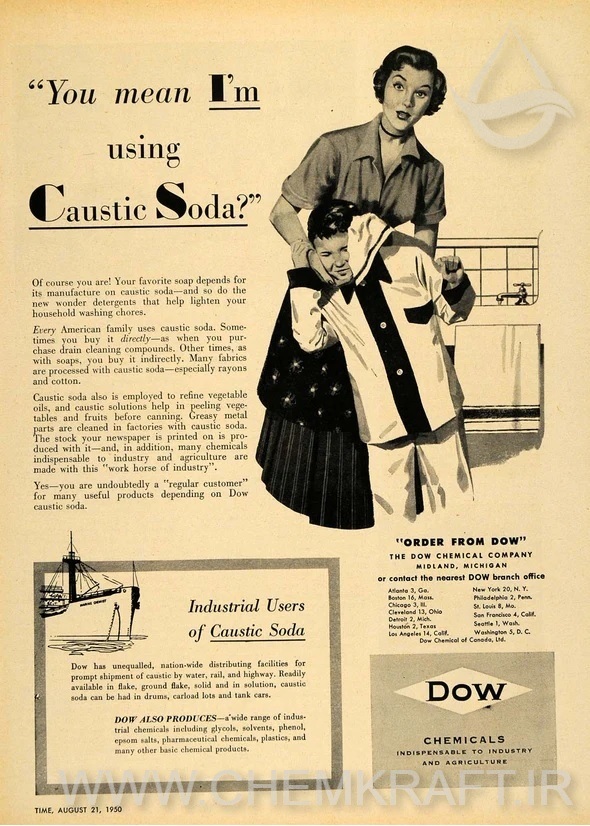Caustic soda, also known as sodium hydroxide (NaOH), has a fascinating history that dates back centuries. This powerful chemical compound has played a crucial role in various industries, including manufacturing, agriculture, and even household applications. From its ancient discovery to modern-day applications, the history of caustic soda is a testament to its versatility and importance.
The origin
The origins of caustic soda can be traced back to ancient civilizations. Ancient Egyptians used a form of caustic soda, known as lye, for soap making. They obtained it by heating a mixture of burnt wood ashes and water. Similarly, the ancient Greeks and Romans utilized lye for various purposes, such as hair removal, textile production, and medicinal applications.
However, it wasn’t until the 18th century that caustic soda production began on an industrial scale. In 1775, Swedish chemist Carl Wilhelm Scheele discovered the element chlorine and realized that when combined with alkali, it produced soda ash (sodium carbonate). This innovation allowed for the large-scale production of caustic soda.
During the 19th century, the demand for caustic soda skyrocketed as industrialization surged across the world. It became a vital component in the manufacturing of soaps, detergents, and paper, as well as in the textile and metallurgical industries. In 1823, French chemist Antoine-Alexandre-Brutus Bussy developed a more efficient method to produce caustic soda using sodium chloride (common salt) and sulfuric acid, leading to increased production rates.

A new innovation
The early 20th century marked significant advancements in caustic soda production techniques. The electrolytic process, initially discovered by Humphry Davy in 1808, became the primary method for production. In this process, an electric current passes through a solution of sodium chloride, resulting in the separation of chlorine gas, hydrogen gas, and pure caustic soda. This method remains the most widely used approach in the industry today.
Applications
In recent years, the applications of caustic soda have expanded further. It is used in water treatment facilities to adjust pH levels and remove impurities. In the food industry, caustic soda is employed to clean equipment and remove organic material. It also finds applications in biodiesel production and as a pH adjuster in various chemical processes.
Safety and Hazards
Despite its numerous applications, caustic soda poses significant hazards to both human health and the environment. Direct contact with the chemical can cause severe burns and skin damage, while the release of caustic soda into water bodies can harm aquatic life. Consequently, strict safety protocols and waste management practices have been implemented to mitigate these risks.
In conclusion, the history of caustic soda showcases its evolution from ancient civilizations to the modern industrial era. From its origins in soap making to its role in diverse industries like manufacturing, agriculture, and water treatment, caustic soda has become an indispensable chemical compound. Its continuous development and widespread use highlight the importance of responsible handling and disposal to ensure the safety of both workers and the environment.










